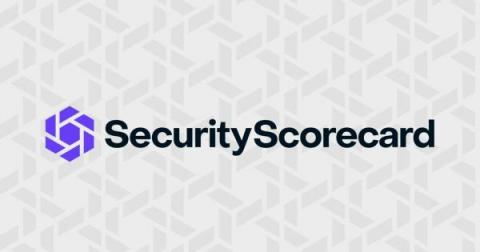Step into the new year with organized and secure IAM
According to Business Insider, 80% of people give up on their new year resolutions within the first 30 days. Don’t let your business and IT security goals fall into this trend, too! We’re now in February, but there’s still plenty of time to salvage your new-year goals, both your IT security and personal ones. The secret to falling into that successful 20% is to chart your resolution with clear plans on how to achieve it.











